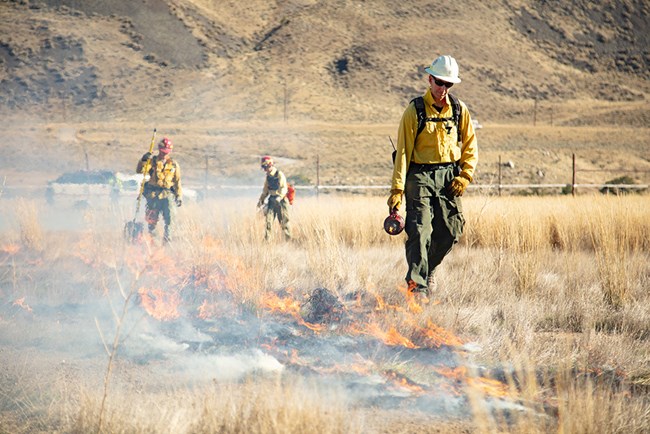
NPS/Jacob Frank
What should we be doing differently in light of climate change, and what actions continue to make sense? Climate change will present novel challenges to natural resource management. Decisions will need to be made—and adapted—amid uncertainty and complexity. Traditional approaches will become increasingly untenable.Climate change isn’t impacting all parks and regions equally. A variety of tools—such as planning frameworks, climate forecasts, and vulnerability assessments—can help park managers decide where to focus their resources and energy as they plan for a future in which the landscape will be different.The Planning for a Changing Climate and Resist-Accept-Direct (RAD) frameworks are tangible ways of teasing apart these complex problems to identify effective, climate-informed responses. These approaches make climate action feasible through systematic, structured assessments of options that can be attached as bite-sized elements. Climate Smart Conservation and RAD help parks develop forward-looking goals and actions based on the emerging discipline of climate change adaptation. This means we need to prepare for, cope with, or adjust to climatic changes and associated impacts. For natural resource management, this means managing for change, not just persistence.
applying climate to decision making
Traits, Tradeoffs, and Pivot PointsMonitoring that Informs Management
-
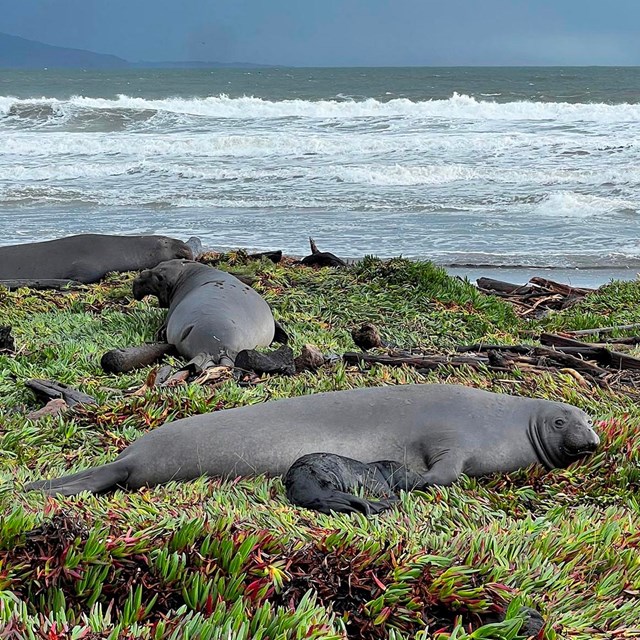 San Francisco Bay Area
San Francisco Bay AreaGlobal climate change is changing fundamental processes such as temperature regimes and streamflow patterns.
-
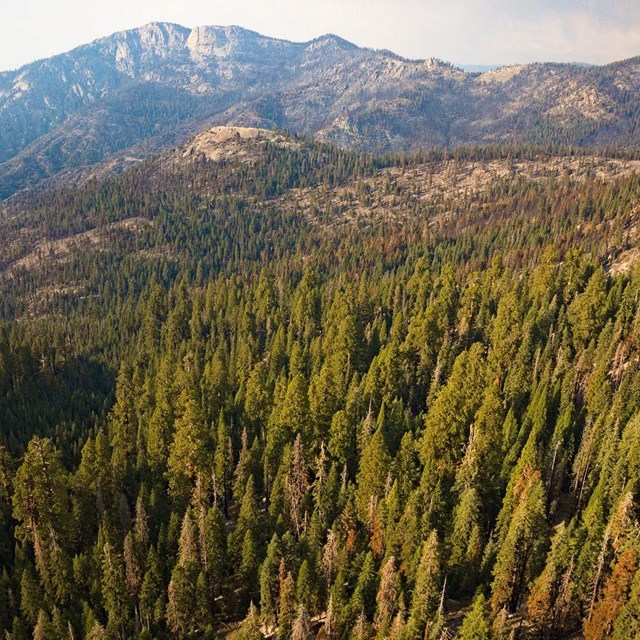 Climate Change in National Parks
Climate Change in National ParksReview the science on future risks in national parks due to climate change.
-
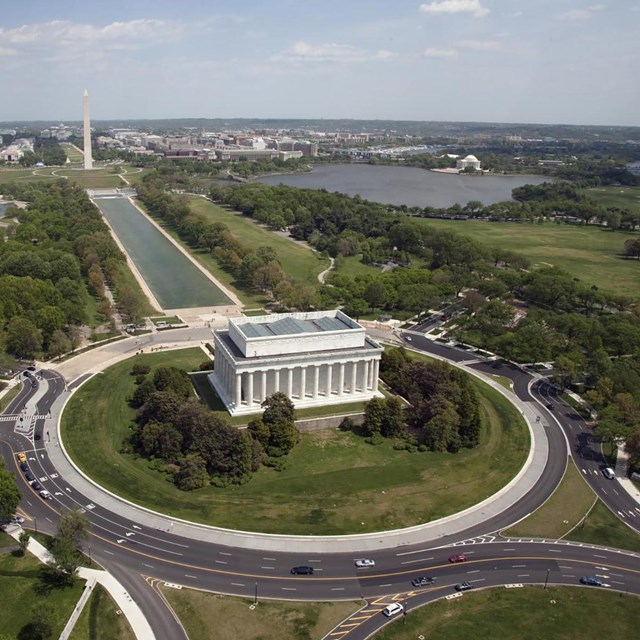 National Capital Region
National Capital RegionKnowing if natural resources are stable or changing can help managers make sound, science-based decisions for the future.
-
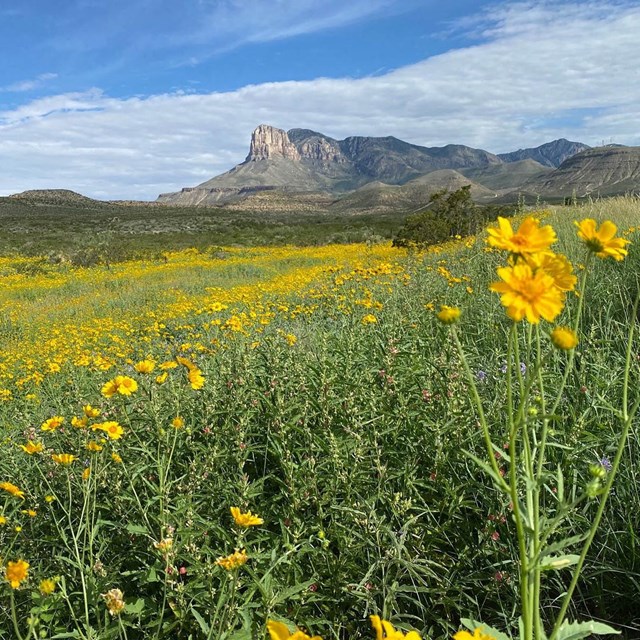 Southern Plains
Southern PlainsClimate change has direct and indirect effects on ecosystems from streams to grasslands.
-
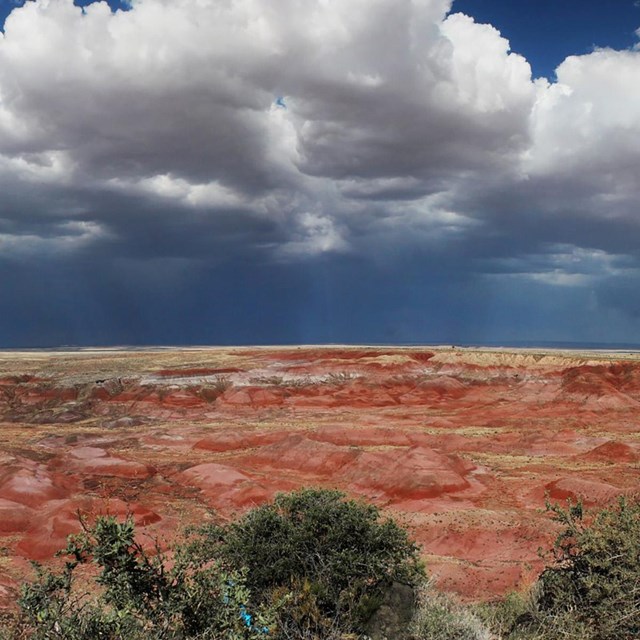 Southern Colorado Plateau
Southern Colorado PlateauThe combination of high elevation and a semi-arid climate makes the Colorado Plateau particularly vulnerable to climate change.
-
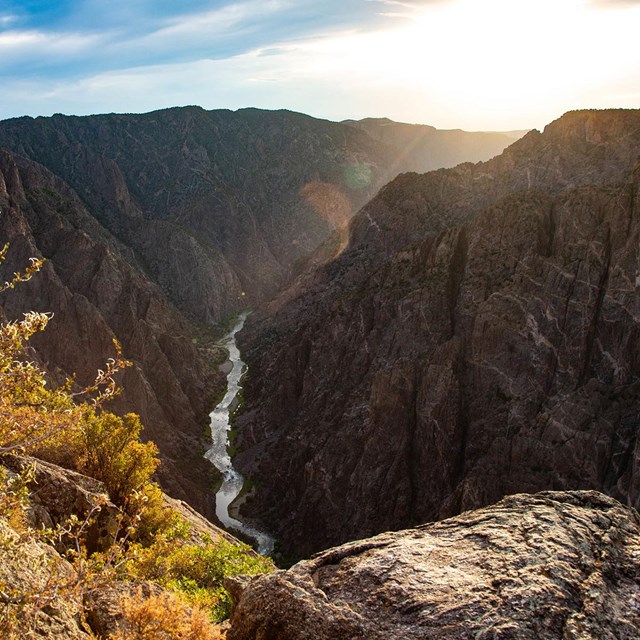 Northern Colorado Plateau
Northern Colorado PlateauLong-term monitoring can reveal how sensitive different ecosystem components are to climate change.
North Cascades National Park
Modeling for Grizzly ReintroductionVideos: Warming Up to Adaptation
-
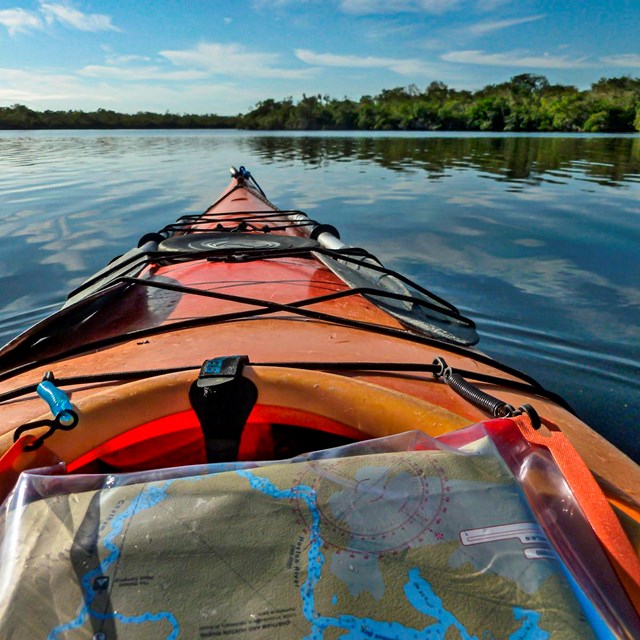 warming up to adaptationEverglades National Park
warming up to adaptationEverglades National ParkSituated on the edge of Florida Bay, the popular visitor area of Flamingo faces threats from rising seas and storm surge.
-
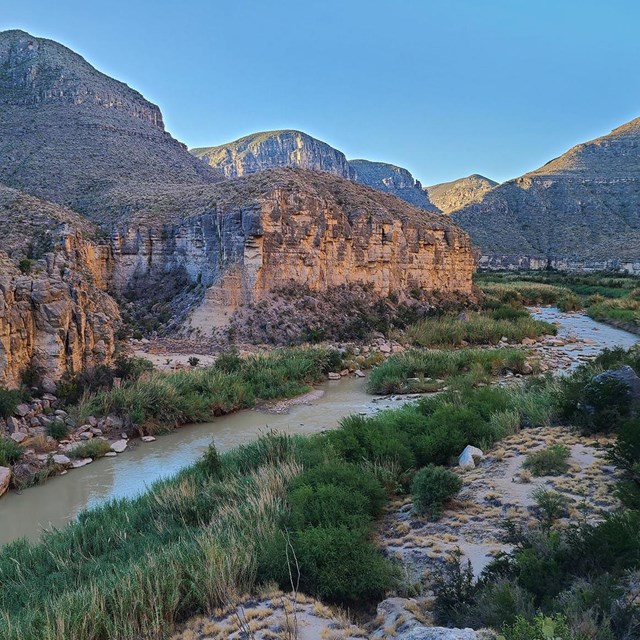 warming up to adaptationBig Bend National Park
warming up to adaptationBig Bend National ParkExplore how future climate scenarios helped guide important decisions about how best to adapt water infrastructure.
-
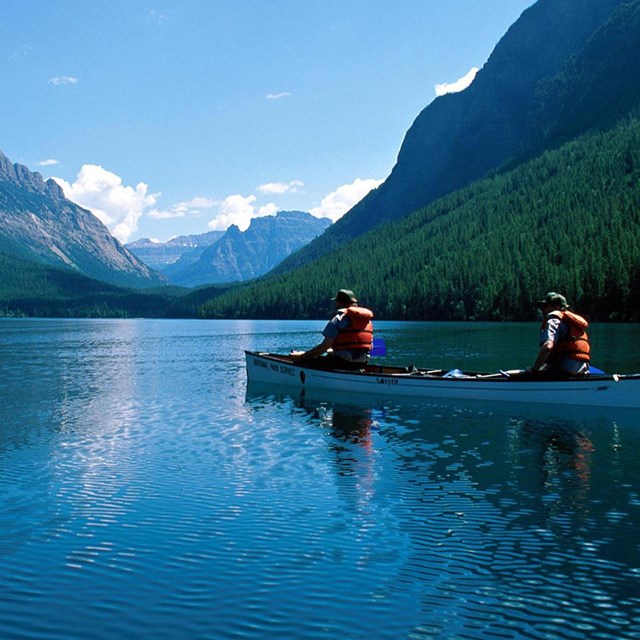 warming up to adaptationGlacier National Park
warming up to adaptationGlacier National ParkBull trout are threatened by both invasive species and increasingly warming waters; managers try a bold strategy.
Examples of climate adaptation and management
Last updated: May 8, 2023
